-
Welcome to Tacoma World!
You are currently viewing as a guest! To get full-access, you need to register for a FREE account.
As a registered member, you’ll be able to:- Participate in all Tacoma discussion topics
- Communicate privately with other Tacoma owners from around the world
- Post your own photos in our Members Gallery
- Access all special features of the site
Question about replacing my 5-speed MT clutch in my 2000 2.4L 2WD base Tacoma
Discussion in '1st Gen. Tacomas (1995-2004)' started by Langing, Jan 5, 2024.
Page 2 of 6
Page 2 of 6


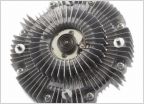 Aisin Fan Clutch
Aisin Fan Clutch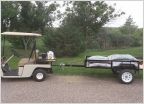 Class 1 or 2 receiver hitch for 1st gen
Class 1 or 2 receiver hitch for 1st gen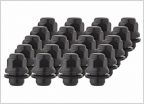 2001 with TRD rims, what lug nuts???
2001 with TRD rims, what lug nuts???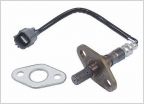 Help! California emissions problem
Help! California emissions problem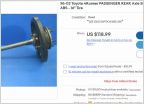 2001 trd elocker rear axle shafts
2001 trd elocker rear axle shafts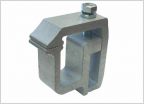 Camper Shell Clamps
Camper Shell Clamps











































































